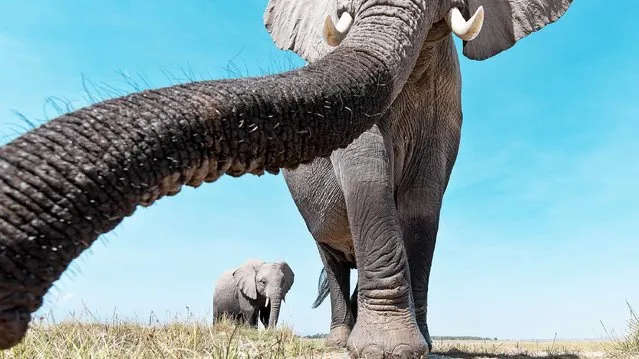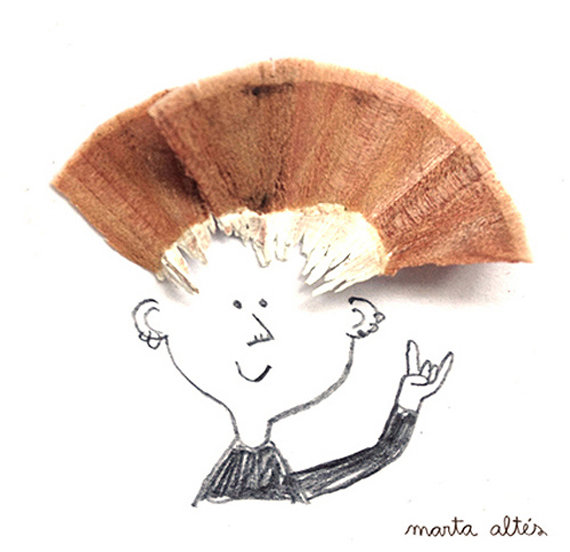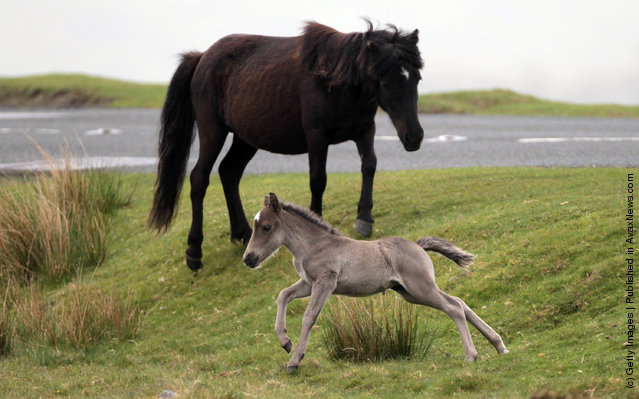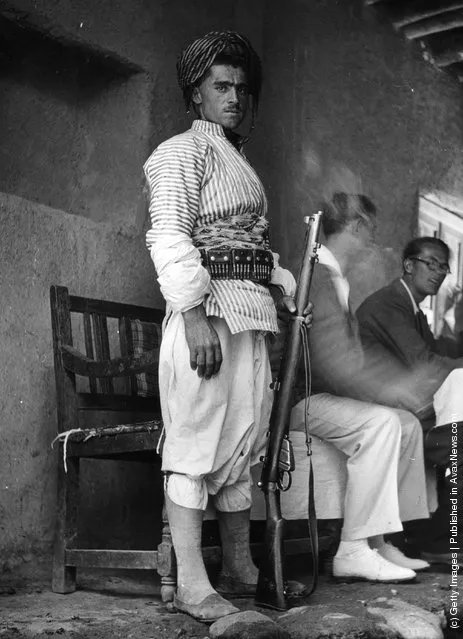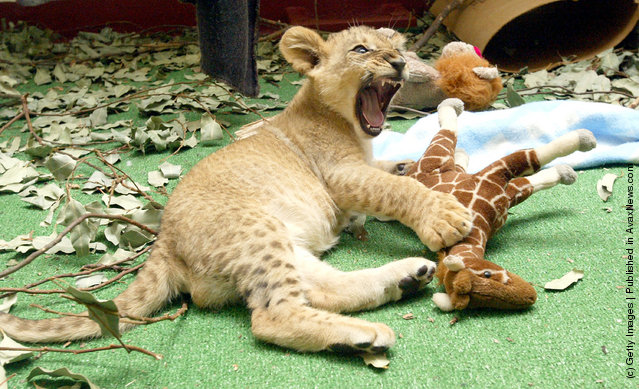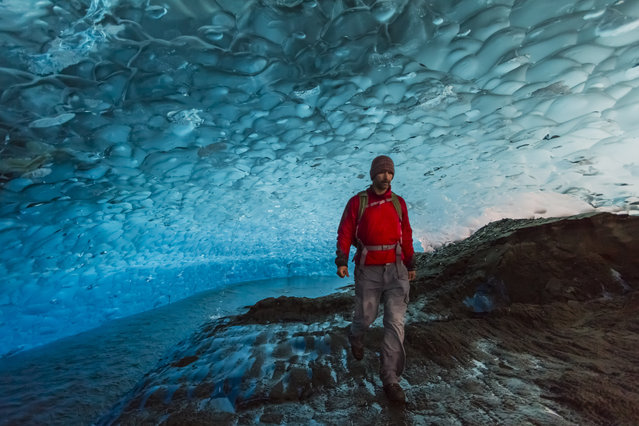
Lion dance with LED lights, perform on the glass deck of the King Power Mahanakhon building, currently Thailand's tallest at 314 meters (1,030 feet) tall, Bangkok, Thailand, Monday, February 4, 2019. Chinese will celebrate the lunar new year on Feb. 5 this year which marks the Year of the Pig in the Chinese zodiac. (Photo by Sakchai Lalit/AP Photo)
05 Feb 2019 13:09:00,post received
0 comments

